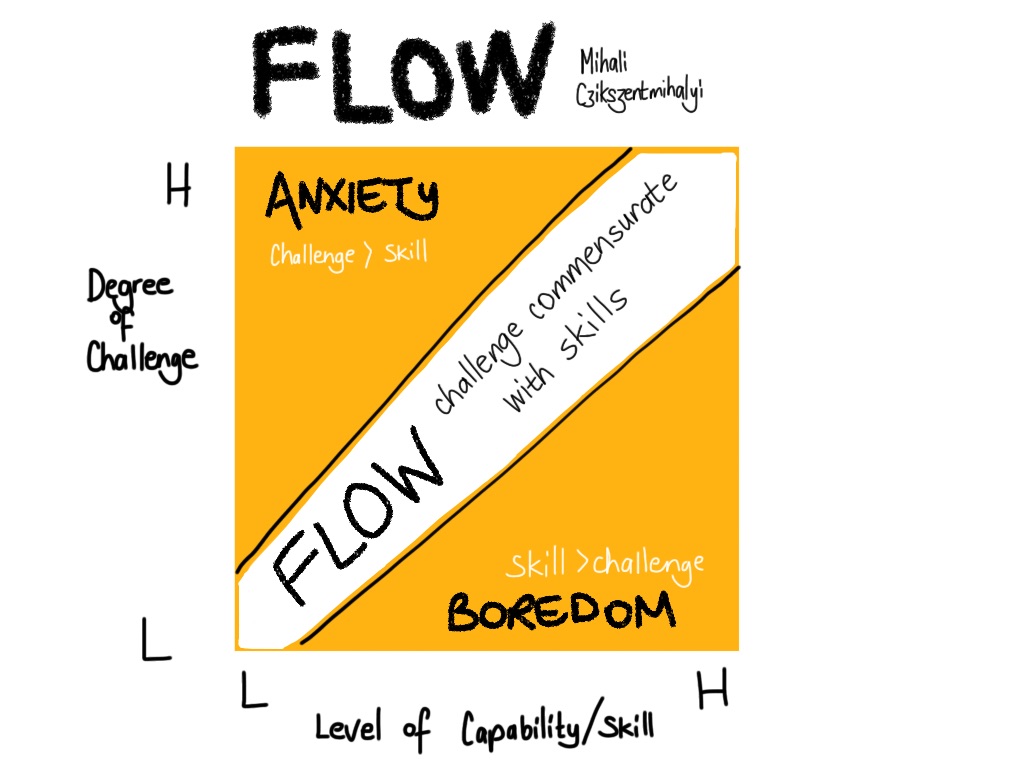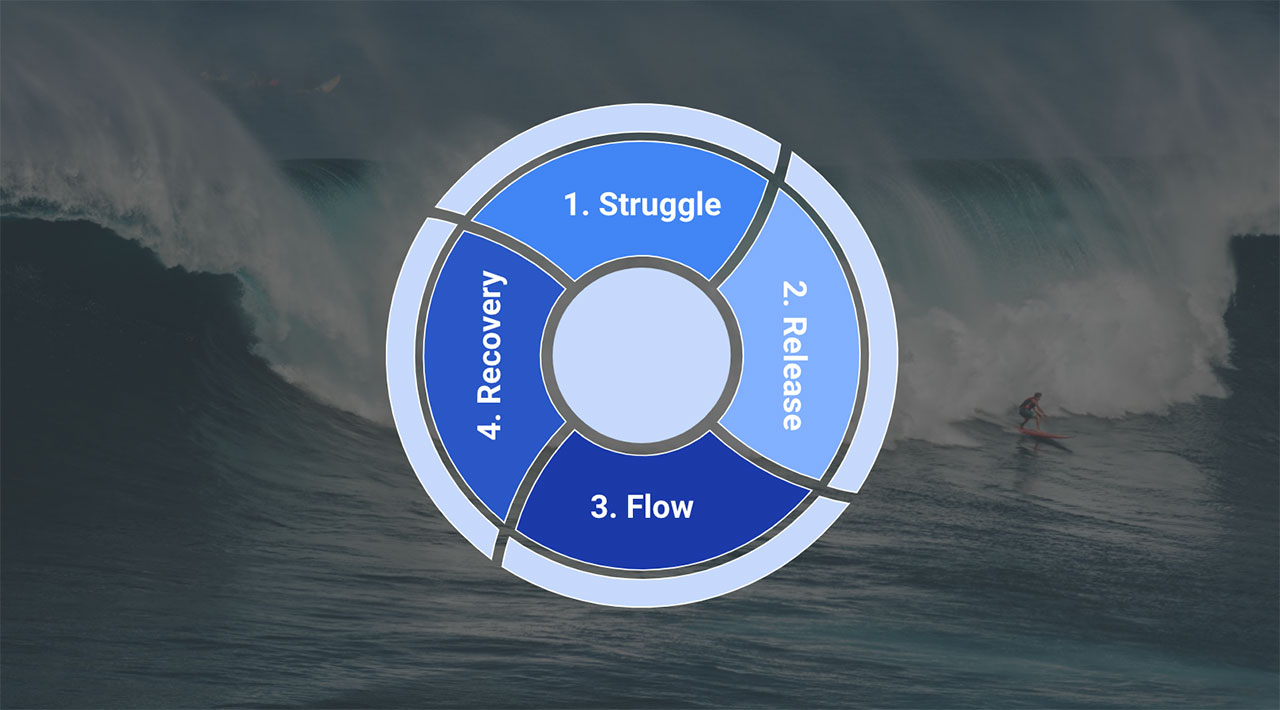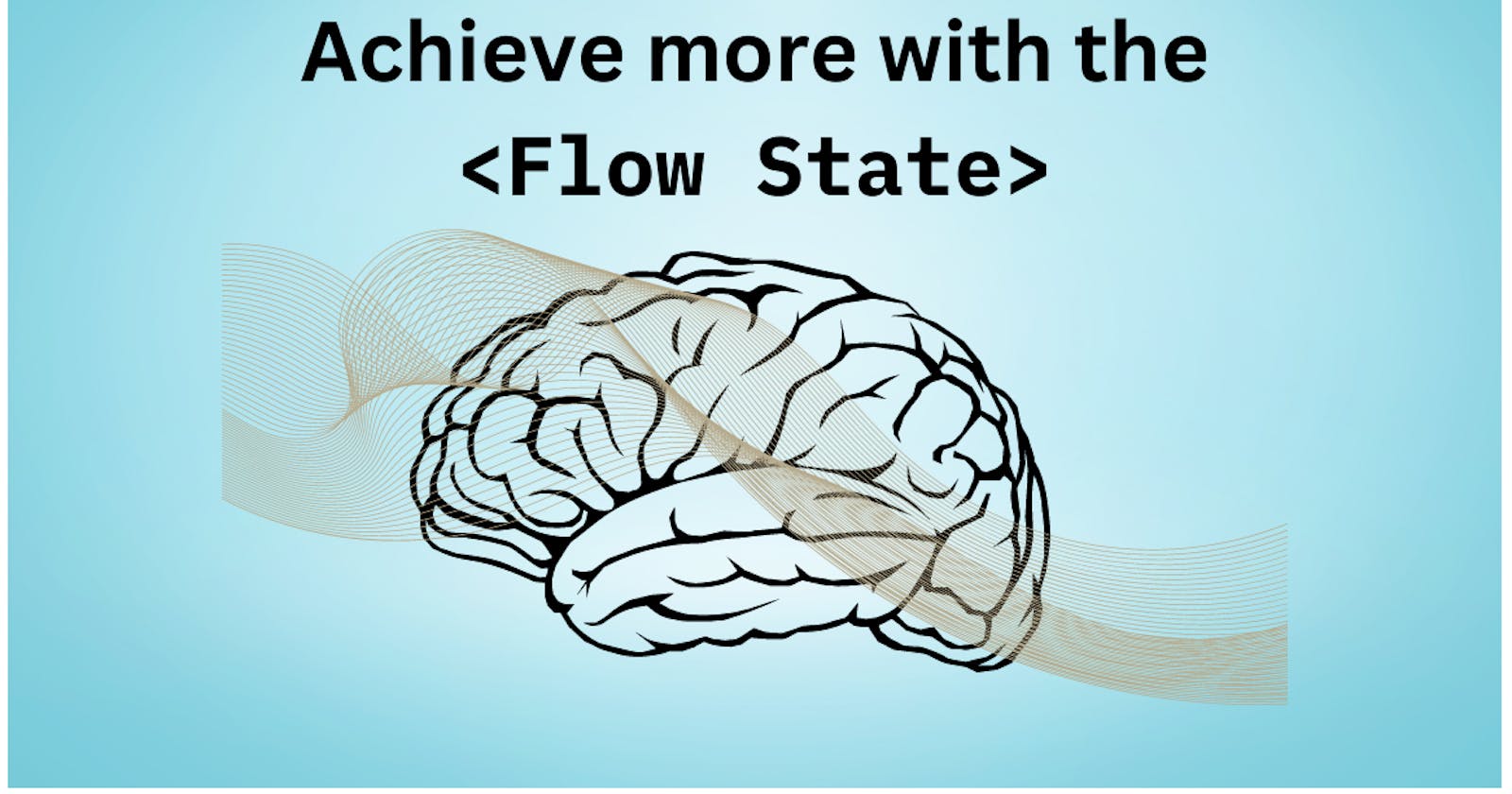How To 10x Your Productivity Using The Flow State
Full-guide to Productivity as a Software Engineer
You wake up. You decide, "Today is my day, and today I shall code".
So you start building an E-commerce store using React.js and TypeScript, fully from scratch. 15 minutes in, after setting up the files, you get a call. Then a message. And another message.
Then you realize you're hungry too. You grab some food and simultaneously get a notification on Twitter.
You woke up at 7.30. Now it's noon and you've only managed to set up your project. What happened to the other 4 hours? You've been scrolling on social media, eating, remembering the other "tasks" you had and also reading through some React documentation.
Let's prevent this.
The Flow State
'Flow' was a term coined by Mihaly Csikszentmihalyi, a happiness researcher. You know that feeling when you sit down to work or are playing some sport, you get some positive momentum going, and then you just can't stop doing that thing? In Csikszentmihalyi’s words, flow is “a state in which people are so involved in an activity that nothing else seems to matter; the experience is so enjoyable that people will continue to do it even at great cost, for the sheer sake of doing it”.
Your brain is evolutionarily wired to enter the flow state. Just because you haven't been very productive all day long doesn't mean you weren't in the flow state. Social media companies exploit our ability to enter the flow state to trick us into scrolling on their apps.
Knowing what the flow state is the first step to being able to use it for your good. Here are the characteristics of the flow state:
Complete concentration on the task
Clarity of goals and rewards in mind and immediate feedback
Transformation of time (speeding up/slowing down)
The experience is intrinsically rewarding
Effortlessness and ease
Balance between challenge and skills
Actions and awareness are merged
Let's see how we can enter the flow state easier.
Entering Flow

As in the above diagram, you enter flow when the degree of the challenge is at or just above your skill level. If the challenge is more, failure/anxiety arises. If the challenge is less, you'll get bored.
Hence, make sure that the task is just 5% more challenging than your average skill level.

The above diagram indicates the 4 phases of flow. The first is struggle, or the feeling when you first enter a slightly unpleasant experience and your brain wants to get you out of it. In this phase, it's important to completely discard your feelings and continue with that task.
The second is release, when your brain finally lets go of the outcomes of the task and sinks into the present. Stress and self-consciousness decrease.
Next up, flow. This is the most desired phase of the flow cycle. Before starting the task, you need to make sure you've gotten rid of all external distractions (your phone, hunger/thirst, other people) as well as internal distractions (your thoughts).
Once the task is done, your mind enters a state of recovery, which is especially important as your brain consolidates all the information it has learned. Do not disrupt this phase if you want long-term results.
Getting into flow easier, every time
If you want the long-term skill of entering and being in the flow state. Keep these things in mind:
Get rid of distractions, internal and external
Love the task, not the outcome
Balance your skill with the challenge
Additional Habits
Here are 2 habits that changed my life and how I approached the flow state.
Meditation:
I can't stress this enough. Meditation has a multitude of health benefits. People tend to find it boring since they can't get over the struggle phase. By meditating, you're training your mind and your body to become one and to focus only on the present. The present is all that matters. No thought of yours is about the present. It's impossible. All of your thoughts are either about the past or about the future. Meditating can involve anything, but just focus, and no thoughts. Focusing on your breath or focusing on a certain visual point is a great start to meditation.
Mental cues:
Create a mental cue for yourself to enter the flow state. In other words, do something special each time before you're entering the flow state. This tells your brain, "Hey, I'll be entering the flow state, you know, I've got this special habit of staring outside of my window before I start working". It can be anything from a mini-task to saying a particular sentence but just do the exact same thing every time before getting into a flow state. This creates an association in your brain between the mini-habit and entering the flow.
Thanks for reading! You gotta start implementing these habits in your life, or else you'll be costing your future self a lot of time!
If you enjoyed this blog or learned something new, press the favourite button. Leave a comment about your tips and tricks to enter the flow state. I'd love to learn!

